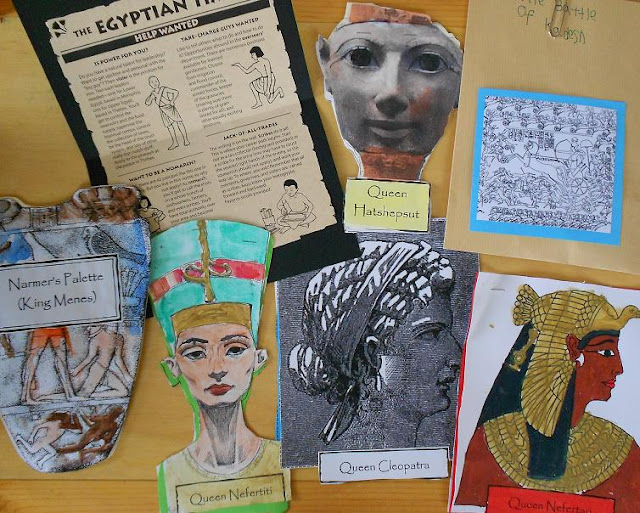Have fun looking at lit2go. This site has a wonderful selection of classic literature for FREE! Best thing about this site is that it is so user friendly. Let me show you around a bit and gush about how great I think this site is.
The home page is laid out in such a way that it is easy to peruse their "shelves" and see what is available. It is not a huge selection but what they have selected is good quality literature. If you have a book in mind you want to look up simply click on the letter of the alphabet and see what titles there are under it. To see a book simply click on the picture of it.
On the book page you will note several useful bits of info.Once you click on the chapter title you will be offered the choice of downloading a PDF or an MP3. (not all of the books on this site have both but I noticed most do) The MP3’s are well read and they correspond with the text on the download page. If you chose to download the PDF you will not be disappointed. Here is a sample page from Little Bear at Work and Play.
• A short description of the story.
• Chapter titles links that link to a download page and a short description of that chapter is about.
• The Flesch-Kincaid readability level (in the right hand margin)
NOW what I really like about this site is the Flesch-Kincaid grade levels. What is the Flesch-Kincaid grade levels? you ask: click on the words and find out or here is a short answer to way-lay your curiosity:
The Flesch-Kincaid Grade Level index is one way to measure and report the readability of English text. The Flesch-Kincaid formula considers the average number of words per sentence (average sentence length, or ASL) and the average number of syllables per word (ASW) within a given passage in order to estimate the complexity of the text. The formula then converts that complexity level into a score that roughly equates with a grade level (K-12) in the United States. The formula is:I am excited about these levels because I am an intuitive sort of person and step-by step things are still a bit of a mystery to me. By using these levels I can be more sure that I am getting materials that will be within the range of what my boys can do and they won’t freak out when I assign something way too hard by mistake. (They like it when I follow the book)
Flesch-Kincaid Grade Level = (.39 × ASL) + (11.8 × ASW) - 15.59
At the top of the page click on the tab entitled “readability.” This will bring you to page with K-12 links on it. Each link/number takes you to books and passages of books that are readable at that level. We will be looking at level 3 once we finish our Elson Readers and here are some titles on our list to choose from:
Books:
Rescuing the Lost Balloonist by Captain Quincy Allen
Squinty the Comical Pig by Richard Barnum
Uncle Tom’s Cabin by Herriot Beecher Stowe (Told to Children)
Passages:I could use these resources in a myriad of different ways here are some I am toying with:
Hercules and the Waggoner by Aesop
One to make ready from counting and Math rhymes
The little Hero of Haarlem from Fairy Tales and other traditional stories
The Story of Miss Moppet by Beatrix Potter
Laughing Song a poem by William Blake
Seventh Night: Mr. Scarecrow from Seven O’Clock Stories
pages and pages more
• Select several passages/a book and print them out. Bind them into a reader using my pro-click binder (3-ring biders work well too!) for each of the boys. It would be fun to let the boys select the passages they wanted to read so they have more of a part in the creation of the reader itself.
• Use parts of the passages for copywork. Since they are graded by level you be sure you were selecting simple passages at first and slowly build up to more difficult ones.
• Make a CD of some of the poems or stories to listen to on long car trips or before bed time.
• Read aloud once passage and have the boys narrate what was read.
How would you use them? I would love to hear your ideas.
































